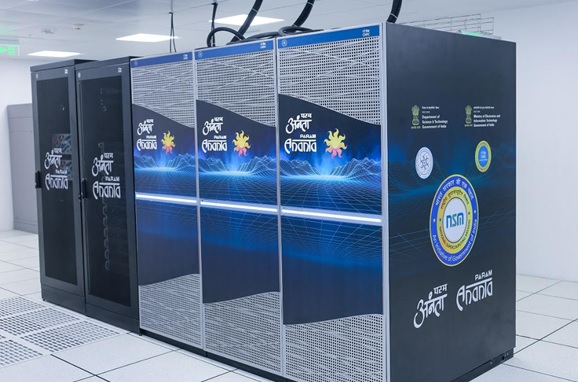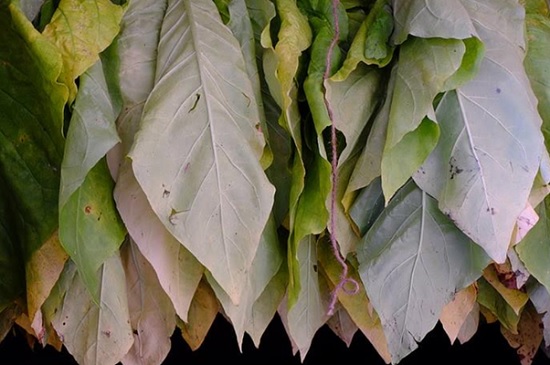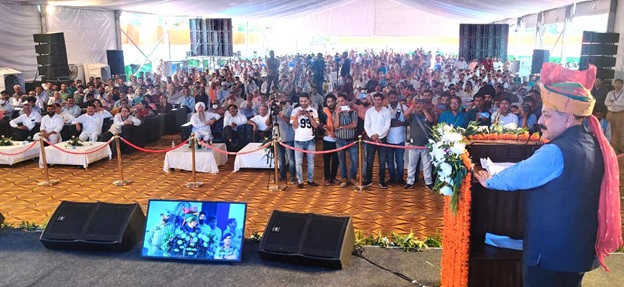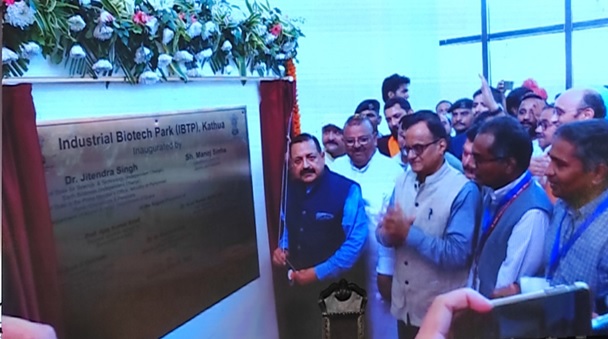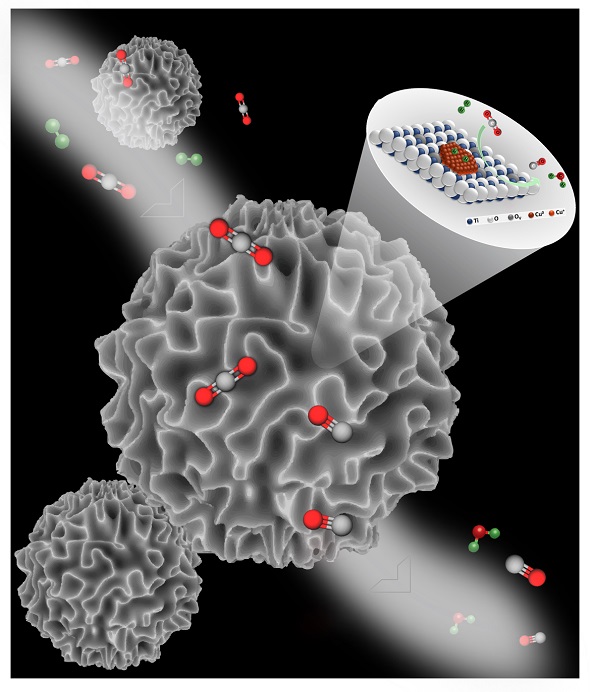
Credit: Mr. Rajesh Belgamwar and Prof. Vivek Polshettiwar
Heavy use of fossil fuels in industrial processes and other human activities has resulted in excessive emissions of anthropogenic CO2 into our atmosphere. A team of researchers at the Tata Institute of Fundamental Research (TIFR), Mumbai, has proposed a CO2 reduction mechanism in such processes using a redox pathway assisted by hydrogen.
This exceedingly high concentration of atmospheric CO2 has led to a series of negative consequences for our planet’s climate system. However, CO2 can be a strategic carbon resource for synthesizing valued chemicals and fuels.
“There have been numerous reports of noble metal catalysts, but their application was limited due to their moderate catalytic performance and high cost. In the non-noble metal catalyst family, Cu-based catalysts are among the most versatile, with good potential in many industrial processes. However, the low Tammann temperature of copper and the resulting surface migration causes nanoparticles to sinter during the reaction, limiting their activity and long-term stability,” the research team mentions.
Heavy use of fossil fuels in industrial processes and other human activities has resulted in excessive emissions of anthropogenic CO2 into our atmosphere. A team of researchers at the Tata Institute of Fundamental Research (TIFR), Mumbai, has proposed a CO2 reduction mechanism in such processes using a redox pathway assisted by hydrogen.
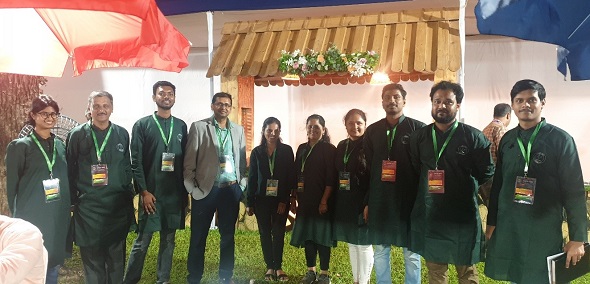
Using the concept of Strong Metal Support Interactions (SMSI) and defect site cooperativity, the team has reported a catalyst with active copper sites loaded on titanium oxide-coated dendritic fibrous nanosilica (DFNS/TiO2-Cu) for CO2 to CO conversion.
“The fibrous morphology and high surface area of DFNS/TiO2 allowed better dispersion and high loading of Cu NPs active sites. It showed excellent catalytic performance for CO2 reduction with CO productivity, superior to all copper-based thermal catalysts. The defect-controlled strong metal-support interactions between Cu and TiO2 kept the copper nanoparticles firmly anchored on the surface of the support and imparted excellent catalyst stability,” researchers inform.
“Excellent catalytic performance of DFNS/TiO2-Cu and in-situ mechanistic studies indicated the potential of defects in tuning the strong metal-support interactions. This approach may lead to the design of catalytic systems using various active sites and defective supports,” researchers hope.
Various studies conducted by the team indicated a strong interaction between copper sites and the Ti3+ sites, which ensured good stability and dispersion of the active copper sites.
Based on their study, the researchers have published an article in the ACS Publications, a journal of the American Chemical Society. The team includes Rajesh Belgamwar, Rishi Verma, Tisita Das, Sudip Chakraborty, Pradip Sarawade, and Vivek Polshettiwar.(
India Science Wire
ISW/SM/TIFR/catalysts/Eng/11/04/2023

